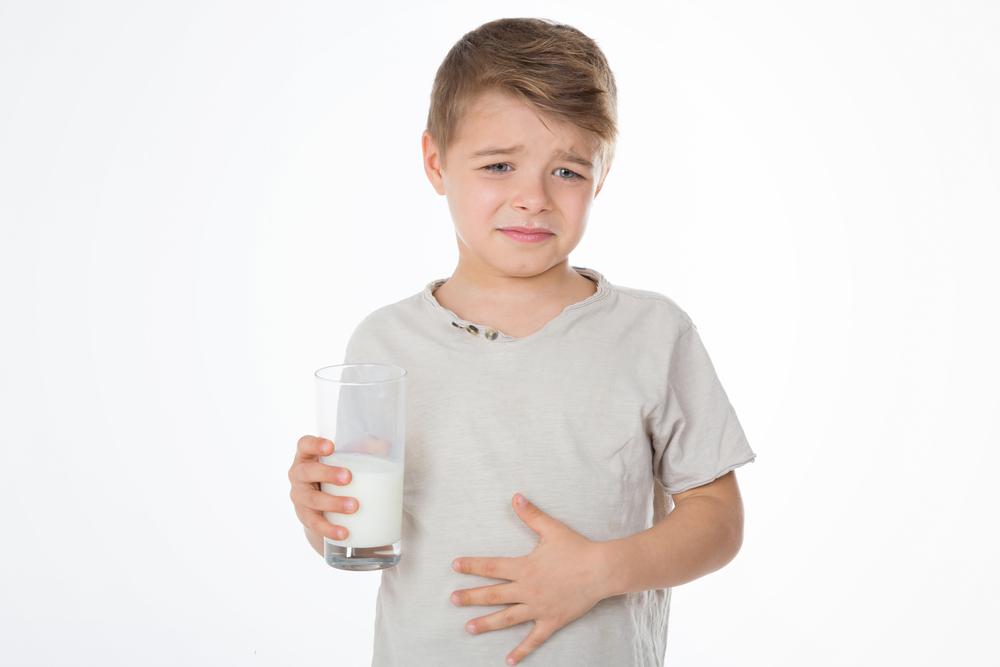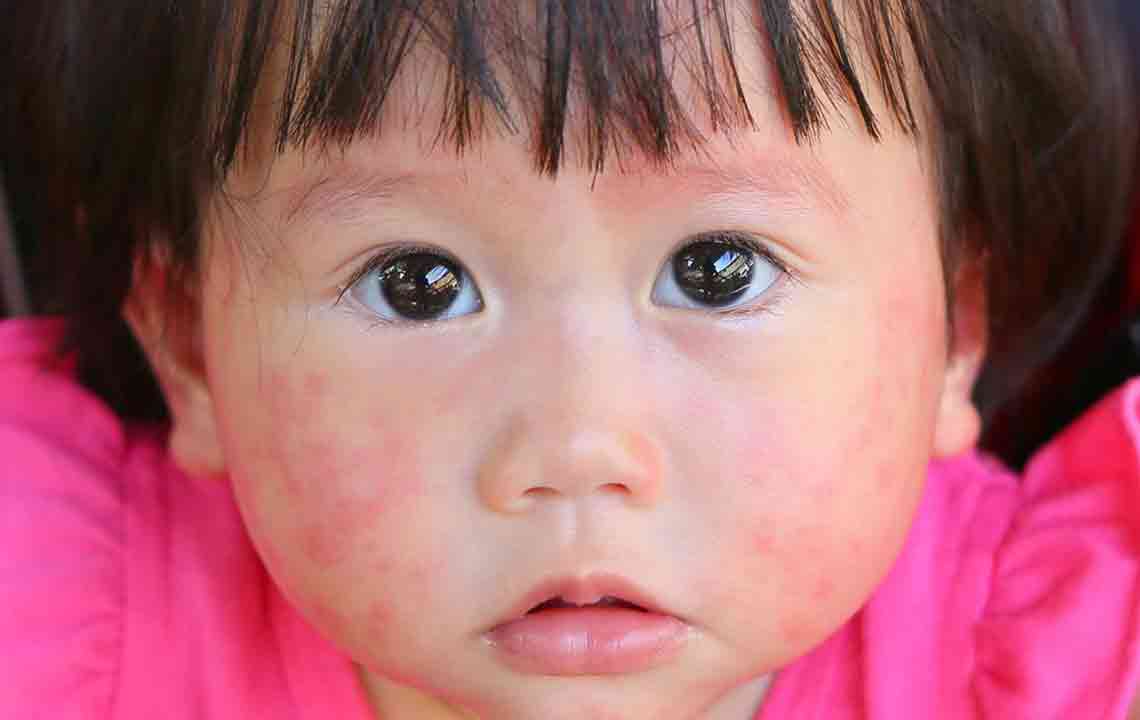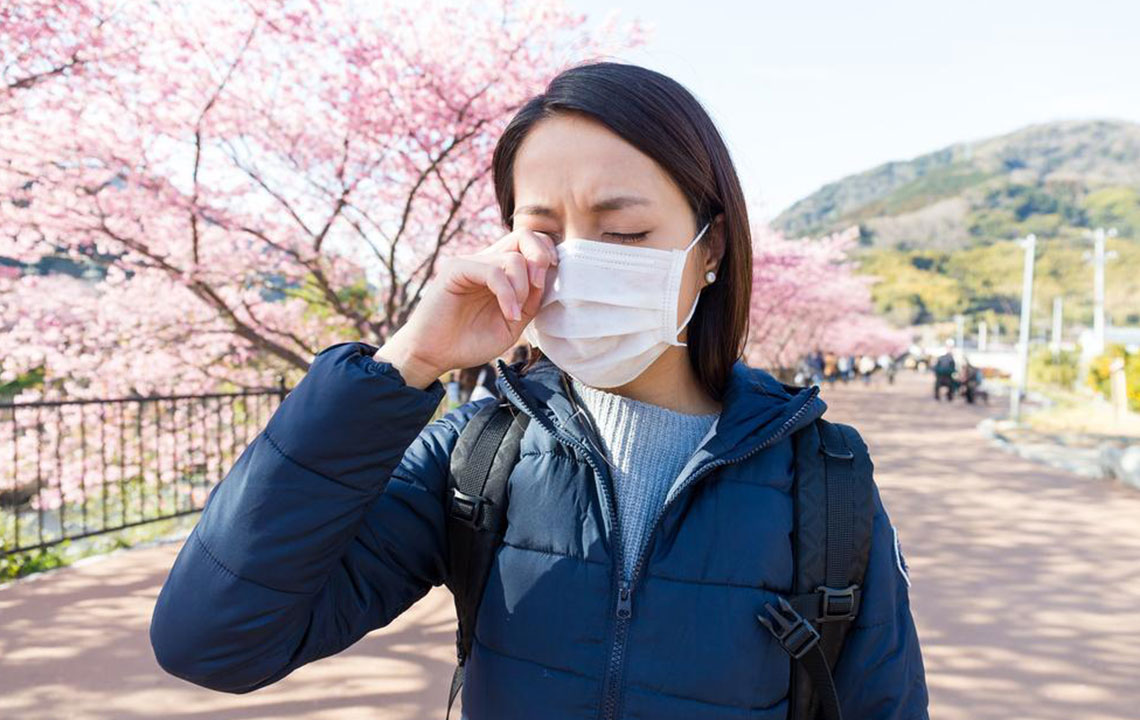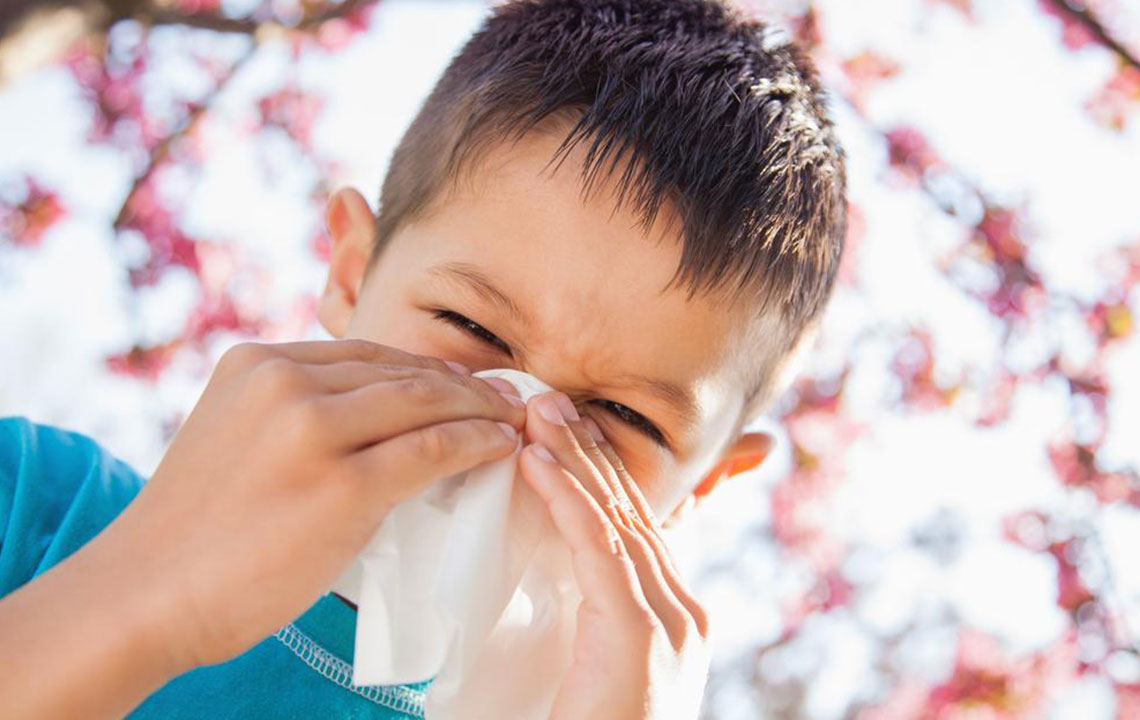Identifying Food Allergies in Children: Key Signs and Tests
Learn how to identify food allergies in children through common symptoms and testing methods. Early detection is crucial for managing reactions and ensuring your child's health. This guide covers signs like rashes, swelling, and breathing issues, as well as testing options like blood and skin tests. Effective treatment strategies include dietary avoidance and emergency medications, helping parents prevent severe allergic reactions and safeguard their child's wellbeing.

Recognizing Food Allergies in Kids
Some children react immediately after eating certain foods, developing skin irritations or other symptoms. Food allergies occur when their immune systems produce antibodies, leading to adverse reactions. Approximately 8% of children under three are affected by food allergies.
Common allergens include:
Peanuts
Milk
Eggs
Tree nuts like walnuts and almonds
Signs range from immediate reactions such as vomiting or sneezing to delayed symptoms like diarrhea, mucus in stool, or colic. Severe eczema often indicates milk allergy or lactose intolerance.
Common signs of food allergy in babies:
Symptoms may include:
Swelling around eyes, lips, or face
Hives on nose, eyes, or body
Itching in the mouth
Throat irritation
Nausea, vomiting, or diarrhea
Runny or blocked nose, sneezing
Wheezing or breathing difficulties
Drop in blood pressure
Potentially life-threatening anaphylactic shock
Allergic rashes in infants:
Rash occurrence is a common allergy indicator, appearing quickly after eating certain foods. These rashes may manifest as eczema-like patches from wheat or dairy consumption or as hives—raised, itchy welts that can be red or white in color. They can vary in size but are often troublesome. Mouth and facial rashes may also appear, typically itchy and scaly.
Food allergy testing methods:
Blood tests are frequently used to confirm allergies, especially when symptoms persist. Pediatricians may refer children to allergy specialists for further testing. Skin-prick tests are common for young children, where allergens are applied to the skin, causing swelling if sensitive. The RAST blood test measures specific IgE antibodies related to food allergies, aiding diagnosis.
Treating food allergies in children:
The primary approach is avoiding the offending food for a period. Reintroduction may be tested later to determine if allergy persists. Emergency treatments, such as epinephrine auto-injectors, may be prescribed for severe reactions. If a baby is allergic to breast milk, dietary modifications for the mother may help reduce symptoms.










